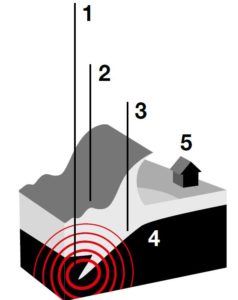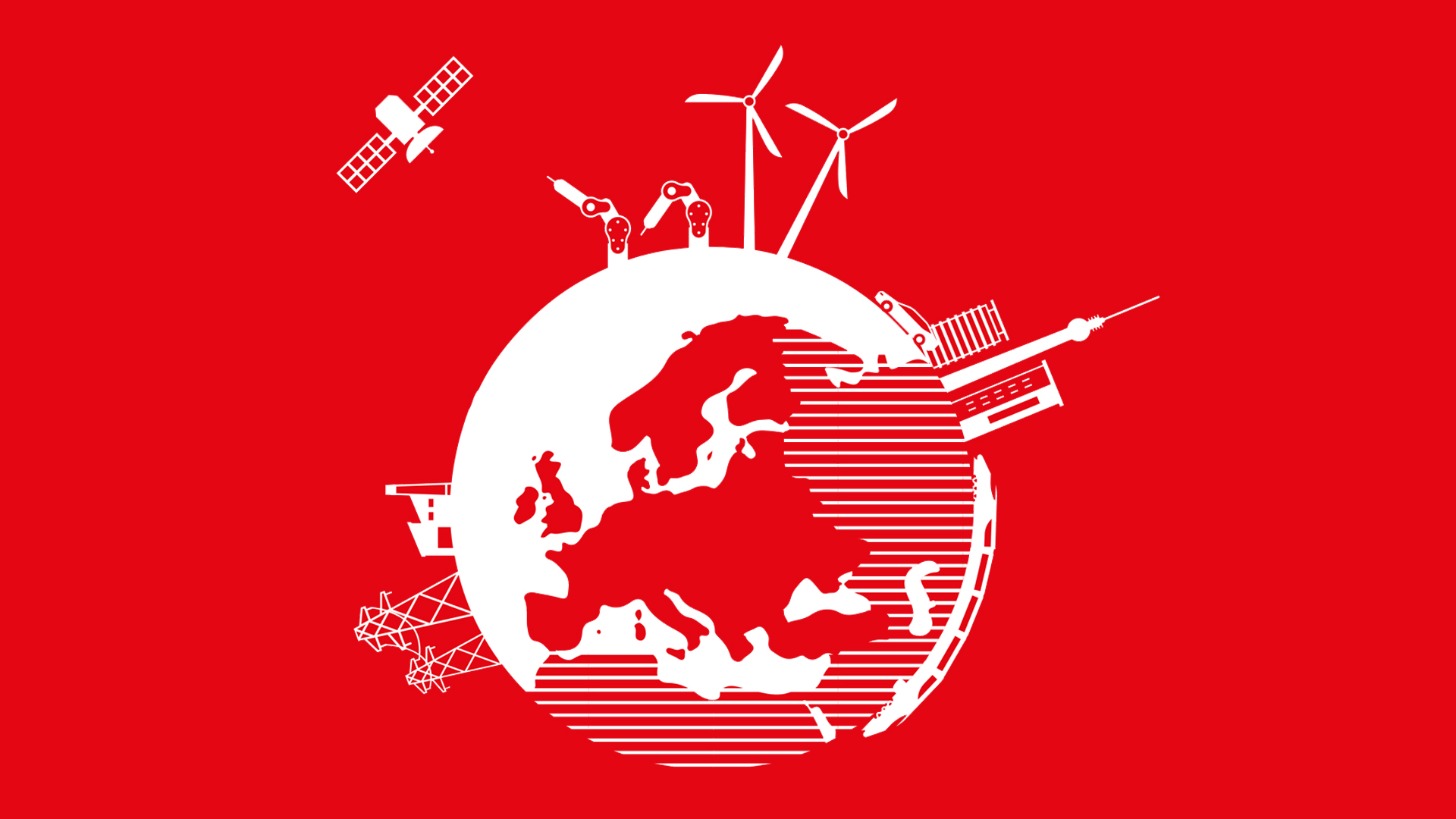Improved early tsunami detection
Mitsubishi Electric improves early tsunami detection
When a tsunami comes barrelling towards the coast, every second counts when it comes to bringing people to safety and saving lives. Experts estimate that ten minutes of advance warning are enough.
That means the wave has to be detected when it is just ten minutes away from the shoreline at the latest. But a reliable early detection system for tsunamis has proved to be elusive up to now. Using high frequency radar, ocean currents can be measured up to 50 kilometres away from the coast. Mitsubishi Electric has further refined this system to reliably detect multiwave tsunami fronts by measuring the speed of the ocean surface and estimating sea level within a range of accuracy of 25 centimetres.
Even the direction of the wave can be reliably determined. Two features make the system particularly precise: first, the measurement method is focused on wavefronts with high current velocity as are typical of tsunamis. It also uses a proprietary algorithm to estimate the properties and height of the tsunami based on Doppler velocities of the wavefront data collected. That is why the error rate is less than 0.1 per cent.
What does that mean in practice?
The speed of a tsunami depends on the depth and shape of the sea-floor. Let us assume the ocean is 300 metres deep 50 kilometres from the coast and the tsunami is travelling at a speed of 100 km/h . The detected wave would need more than 30 minutes to reach the coast (it continues to slow down as the height of the wave rises) – enough time for people to seek shelter in reinforced buildings or bring themselves to safety on higher ground, provided the alarms are sounded and all evacuation plans are set in motion. <<
 1
1
Undersea seismic activity, such as a seaquake or underwater avalanche, causes huge amounts of water to be displaced at the epicentre.
2
Then shockwaves spread out travelling hundreds of kilometres per hour. At that point they are perhaps 30 cm high.
3
50 km from shore, Mitsubishi Electric’s high frequency radar system recognises patterns that are typical of tsunamis and triggers an alarm.
4
In shallower waters, the waves begin to slow down. They begin to overlap and rise to dangerous heights.
5
They ultimately reach the coast, where people have brought themselves to safety thanks to the early warning system.
Changes No. 7
Please click on the picture to open the Changes No. 7.
Download
Download the latest Changes as PDF.
Subscribe
Subscribe for the print edition of our customer magazine “Changes”.



